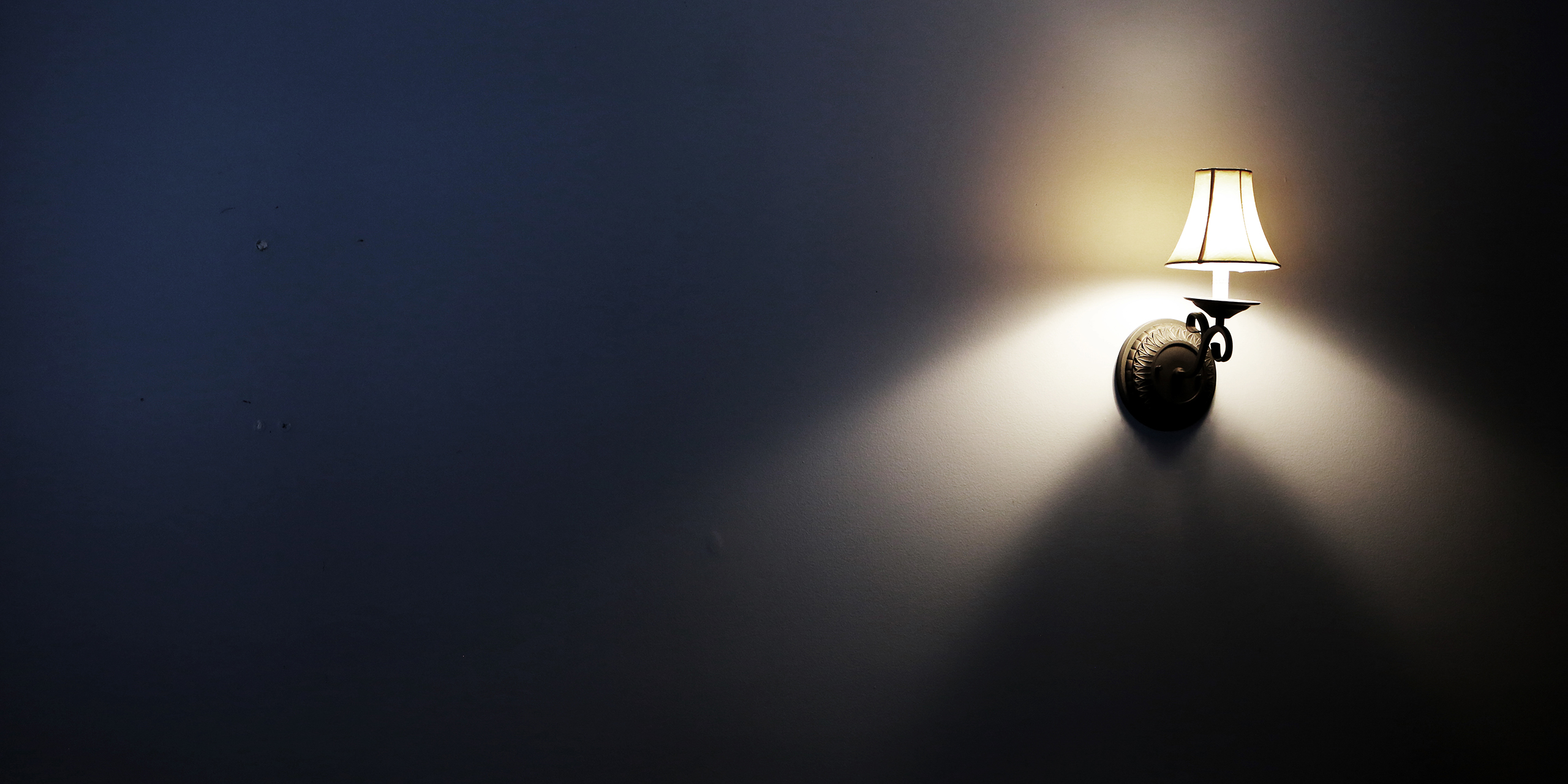How Light and Temperature Mix with Sleep

Summertime means beach days and pool outings, but also warm weather and longer days. In fact, the longest day of the year lands on June 21st! Do these long days with increased temperatures impact sleep? It’s probably no surprise that the answer is yes.
In this article, we’ll explore how temperature and light mix with sleep, and how you can create a bedroom environment with the ideal sleeping temperature and optimal light for maximum sleep.
How Light Affects Sleep
Our internal clocks are set based on the rising and setting of the sun. This is known as our circadian rhythm, and it’s the basis for why we feel awake and tired and the same times every day. The human race had no issues with sleep schedules until the invention of the light bulb. From then on, our ability to lengthen “daylight” meant the end of easy, natural sleeping. Our bodies produce melatonin as it grows dark outside, and our body slowly eases into sleepiness. But with lights in our houses, as well as light emitted from our mobile devices, our bodies have a hard time determining when it’s truly bedtime.
What about Temperature?
Temperature also plays a role in our natural process of going to sleep. As our brains produce melatonin, our bodies respond by becoming (on average) a degree or two colder. Scientists have learned that trying to sleep when you’re too cold or hot can be difficult because our bodies crave a certain ideal temperature for sleep.
Based on recent SleepScore data, those who sleep in a bedroom at 65 degrees Fahrenheit or lower sleep up to 17 minutes longer than those in a bedroom of 75 degrees or higher. The best rule of thumb is to keep your room between 60-68 degrees Fahrenheit.
And not so surprisingly, SleepScore data shows a seasonal trend that impacts a user’s bedroom environment. In December and January, bedroom temperatures average at around 70 degrees Fahrenheit, while in July and August, the average bedroom temperature is approximately 75 degrees. It’s a good reminder that summertime can truly impact our sleep, and finding creative solutions to stay cool at night is critical.
So, as night falls, our brains cue us to feel tired and the body temperature decreases as the metabolism slows. That means it should be easy enough to enjoy a good night’s sleep, yet millions of us don’t. Why not? Scientists point to our love of all things electronic.
What Is “Lux” and How Does It Affect Sleep?
Light is never just “light.” It has lux, lumen, and wavelengths, and each of them can interfere with good sleep. Let’s look at lux and lumen. The latter is “a measurement of light intensity or brightness, also known as radiance, at the source of the light itself.” On the other hand, lux uses lumen values but also looks at the impact that light has on the space around it. To illustrate this, a small nightlight has a specific lumen, but its brightness in the room is its lux. Standard lux readings in a home are around 300-500, but in the evening and during the hours before bed, it should be less than 180. After you turn out your lights, it should not be more than 5.
There are also wavelengths in light, and blue wavelengths, in particular, can pose a problem.
Blue Light and Bed Time
Blue light, according to Harvard Medical School, “is beneficial during daylight hours because they boost attention, reaction times, and mood—seem to be the most disruptive at night…While light of any kind can suppress the secretion of melatonin, blue light at night does so more powerfully.”
The big question is why, and the answer is not surprising. If it nurtures alertness, it makes sense that blue light might interfere with melatonin (that brain chemical responsible for making us feel tired at night). It does just that, and because our smartphones and devices emit blue light, it’s getting harder to avoid.
Fortunately, there are a few ways you can avoid the problems associated with blue light. There are blue light filters on the latest smartphones and various apps that have downloadable filters as well. If your phone does not have that feature, you can also add your own blue light screen protector to your smartphone or even laptop. The best way to steer clear of this harmful light is to turn off all electronics at least one hour before bedtime. This will also help relax you and get you ready to unwind before sleep.
Ways to Sleep Better with Summer Light and Temperatures
Finding great sleep even amidst summer conditions is challenging, but we have a few suggestions that can help.
- If you’re looking for a way to block blue light without having to give up your electronics in the evening, check out some of our favorite blue light blocking glasses.
- Struggle with finding a great temperature that both you and your bed partner can agree on? A dual climate control system for your bed is here, and we love it!
- If those late sunsets and early sunrises are keeping you up, a comfortable and effective eye mask may be just the answer you’re looking for.
- Can’t quite seem to get cool no matter how high you keep the fan at night? Check out our favorite mattress cooling system!
“Effect of Light on Human Circadian Physiology”.US National Library of Medicine, National Institutes of Health.https://www.ncbi.nlm.nih.gov/pmc/articles/PMC2717723/